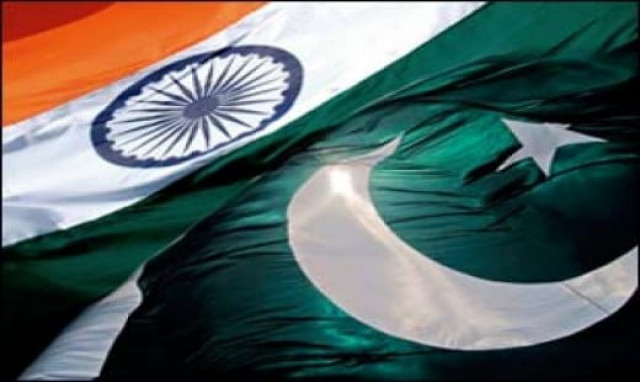

Whilst our respective military men appear able to overcome their differences to the point at which they can be in the same room together, the civilians are having a harder time of it, particularly on the Indian side. Despite his governments’ decidedly colourless performance thus far, Nawaz Sharif has from the outset been clear that he is committed to reviving the peace process with India.
The issues — there are many — are not only about territory and history; they are about the here and now, the realities of a need to trade, be it in commodities or electricity, to manage burgeoning water disputes and agree to a common agenda for mutual cooperation and prosperity. But New Delhi is not at a point where those positive triggers can be pulled and the negative triggers being pulled on the LoC have a direct bearing on the quality or otherwise of whatever the diplomats are able to piece together. Most of the trigger-pulling seems to emanate from the Indian side and Pakistan has exercised a wise restraint in its response. Neither side wants a war, yet a mutually agreed lasting peace still seems distant. But face-to-face military meetings are a step in the right direction.
Published in The Express Tribune, October 15th, 2013.
Like Opinion & Editorial on Facebook, follow @ETOpEd on Twitter to receive all updates on all our daily pieces.













COMMENTS
Comments are moderated and generally will be posted if they are on-topic and not abusive.
For more information, please see our Comments FAQ